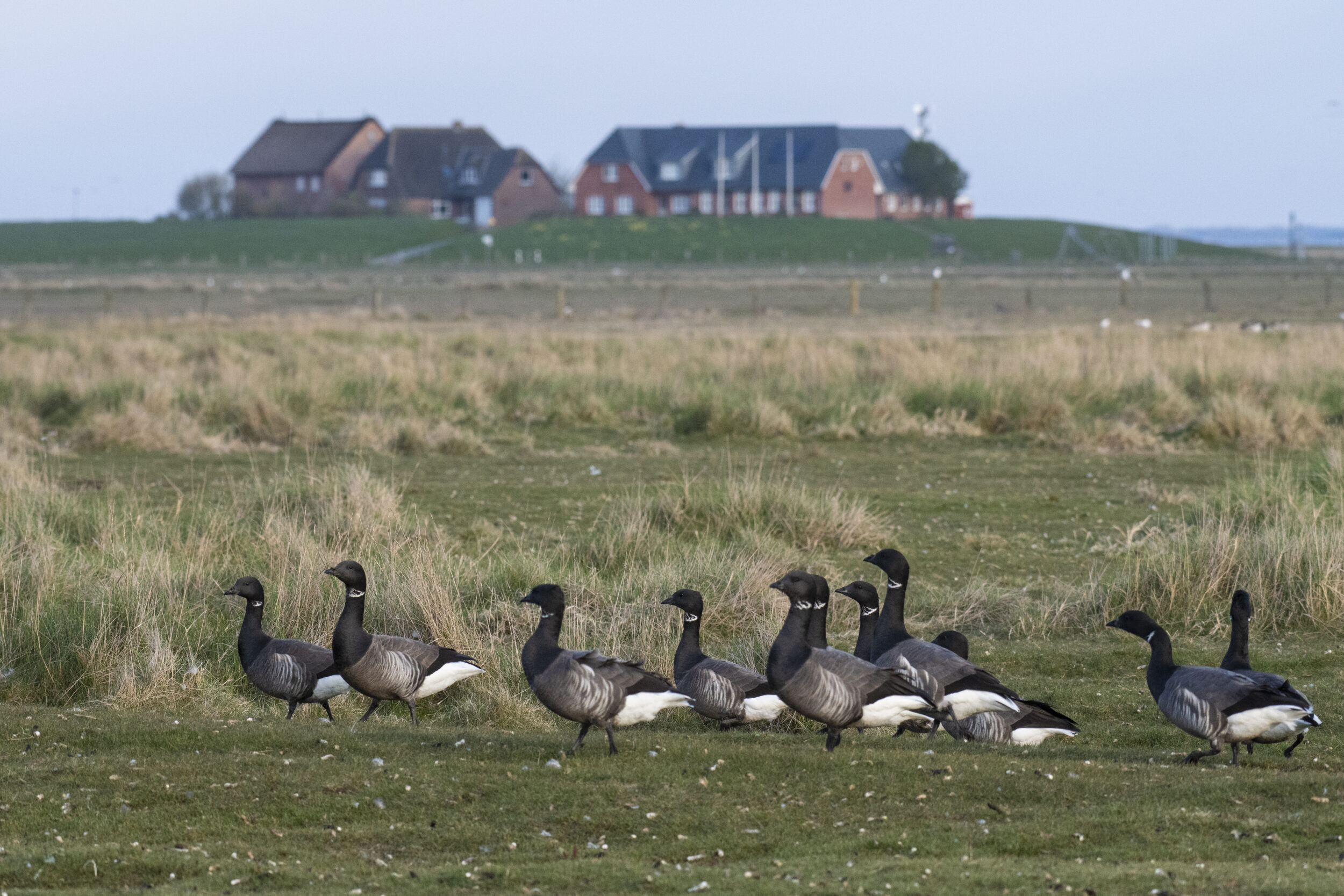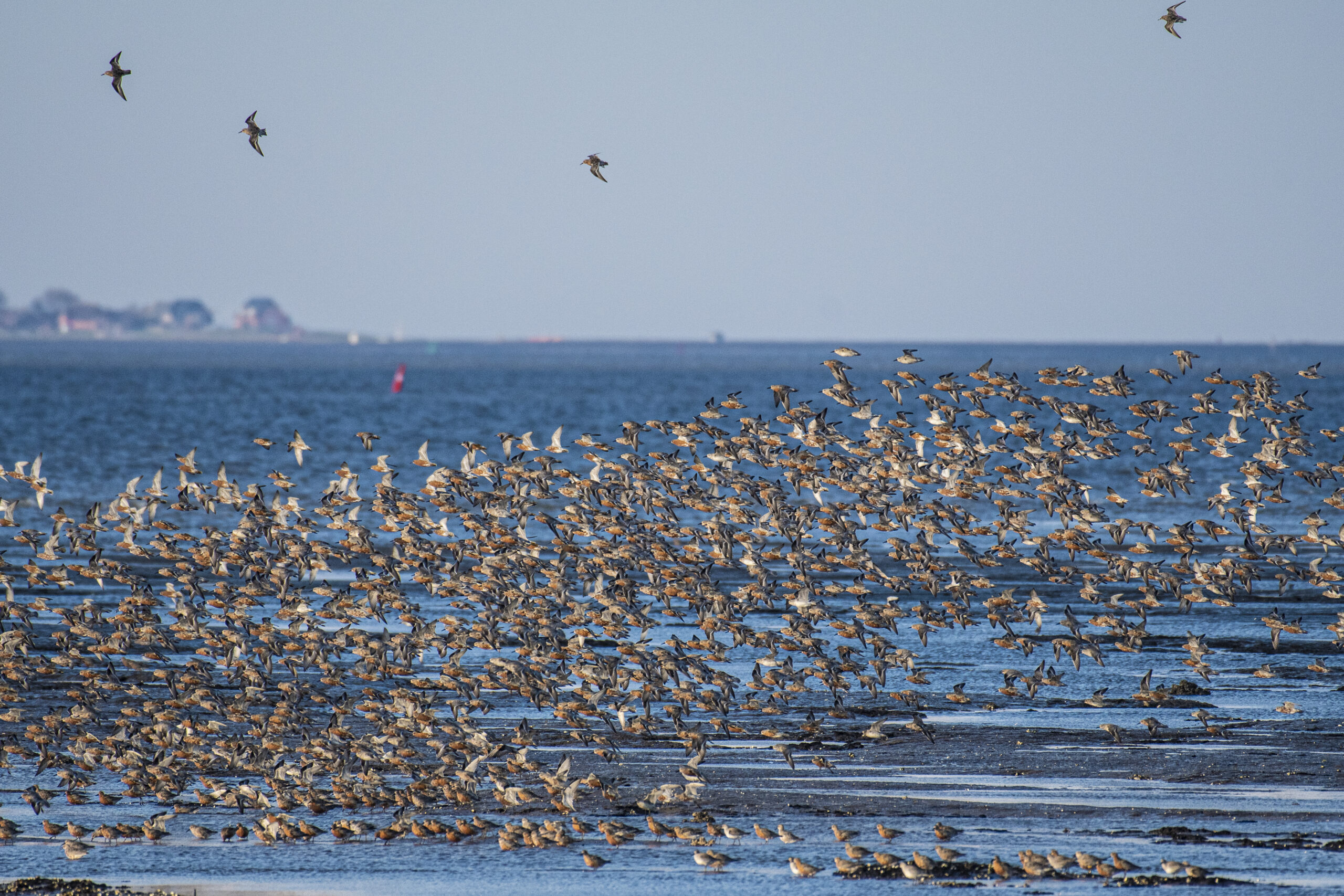1st Announcement:
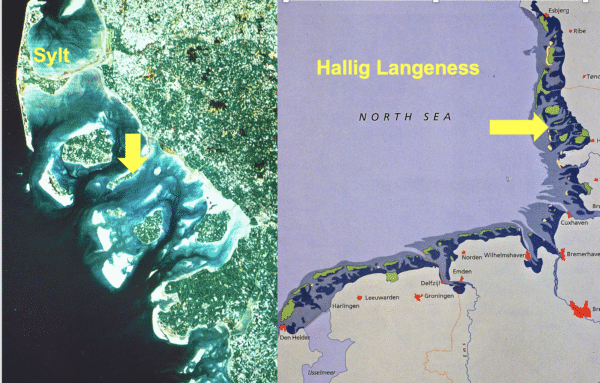
After the seminars we had on Hallig Langeneß in 2023 (producing a book on the East Atlantic Flyway), in 2024 (“50 Years Schutzstation Wattenmeer on Hallig Langeneß”) and in 2025 celebrating the 40th anniversary of the Schleswig-Holsten Wadden Sea National Park, I am planning another similar gathering back to back with the “Ringelganstage” (Brent Goose Days) also in 2026. It was 50 years ago when the storm surge of the century struck the North Frisian and Danish Wadden Sea coast on 3 January 1976. The near-breaches of the dykes near Tønder in particular led to German-Danish plans to build a new dyke in front of the salt marshes and mudflats of the Rodenäs foreland as far as to the Emmerlev cliff in Denmark. The feared loss of Germany’s most important resting area for three species of geese, including the then small population of pink-footed geese from Spitsbergen, led to the merger of several nature conservation organisations into the ‘Aktionsgemeinschaft Nordseewatten’ (AGN) in opposition to this embankment.
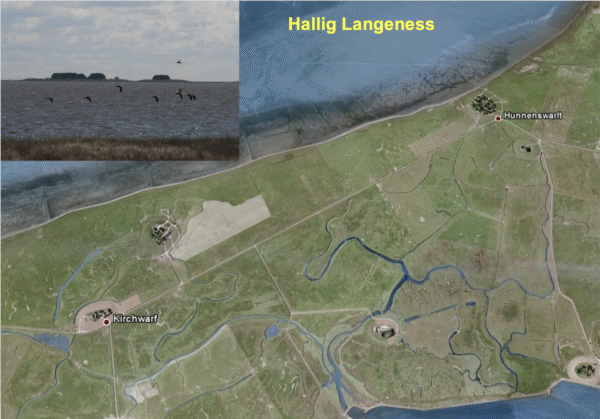
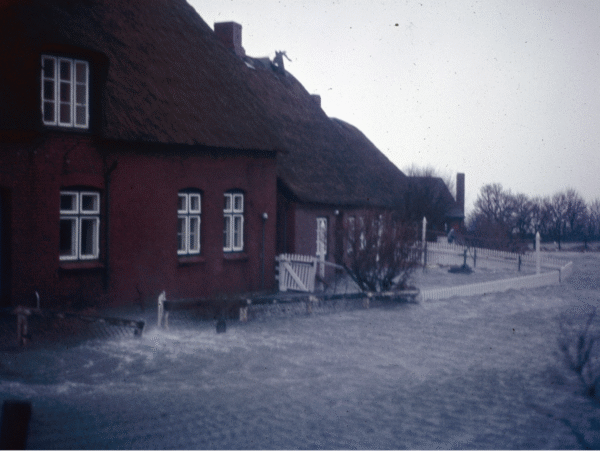
The simultaneous fight against the resumption of plans to enclose the Nordstrander Bay, which were a continuation of earlier land reclamation policies, ultimately led to a historic change in the assessment of the irreplaceable and internationally valuable nature of the Wadden Sea. Finally, the embankments were built on a smaller scale, and the areas reclaimed from the Wadden Sea were turned into diverse wetland nature reserves (Rickelsbüller Koog and Beltringharder Koog – now hotspots for wetland birds and birdwatchers) rather than being converted into intensive agricultural land as originally planned.
However, the main outcome of the debate was the general abandonment of a centuries-old tradition throughout the entire international Wadden Sea region of a policy that always linked coastal protection with the reclamation of new land for intensive agriculture. Due to the high international esteem in which the Wadden Sea is now held, national parks were established instead (first 1985 in Schleswig-Holstein, where they met with immense resistance from the local population and dyke builders), and the entire Wadden Sea area of the Netherlands, Germany and Denmark is now recognised by UNESCO as a World Heritage Site. A dedicated Common Wadden Sea Secretariat, representing the environment ministries of the three countries, is continuously preparing further decisions to improve trilateral Wadden Sea protection.
Today, 50 years later, new coalitions and interest groups have formed between technical coastal protection engeneers and nature conservation organisations. The local population now also supports the national park, has established the Halligen Biosphere Reserve and celebrates Brentgoose Days every year, honouring the birds that were considered a plague 50 years ago and symbolised the once hated conservationists.
Today, we face completely different and, above all, shared challenges:
- How can the Wadden Sea and other important mudflat areas along the East Atlantic Flyway be saved from destruction in the long term in view of sea level rise expected as a result of climate change?
At the same time, we face the short-term challenge of achieving the so-called 30×30 Goal the world has committed to for the East Atlantic Flyway by 2030. This leads to the following question:
- How can further coalitions between local people and nature conservation organisations be created to complete the ‘string of pearls’ of effectively protected nature areas along the East Atlantic Flyway by 2030?
I would like to invite experts and experienced individuals from the African and European West coasts to our 4th East Atlantic Flyway Seminar on Hallig Langeneß to answer these two questions. I am not only thinking of nature conservation experts and biologists, but also of coastal protection technicians, representatives of local administrations and people who have experience, communication skills or can share secrets on how representatives of different local interest groups (e.g. fisheries) could be won over for the establishment of effective protected nature areas.
The seminar will be held in the same way as in previous years at the
